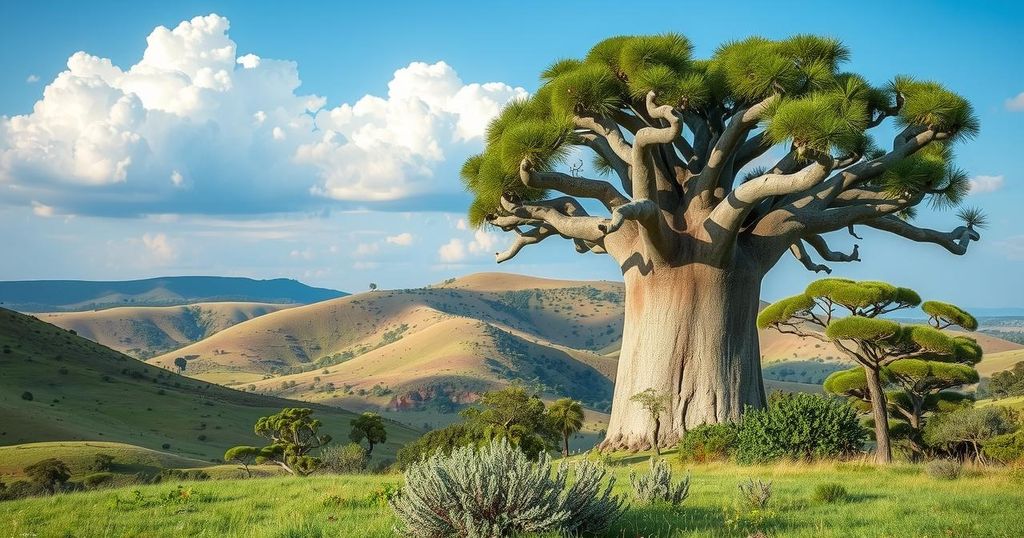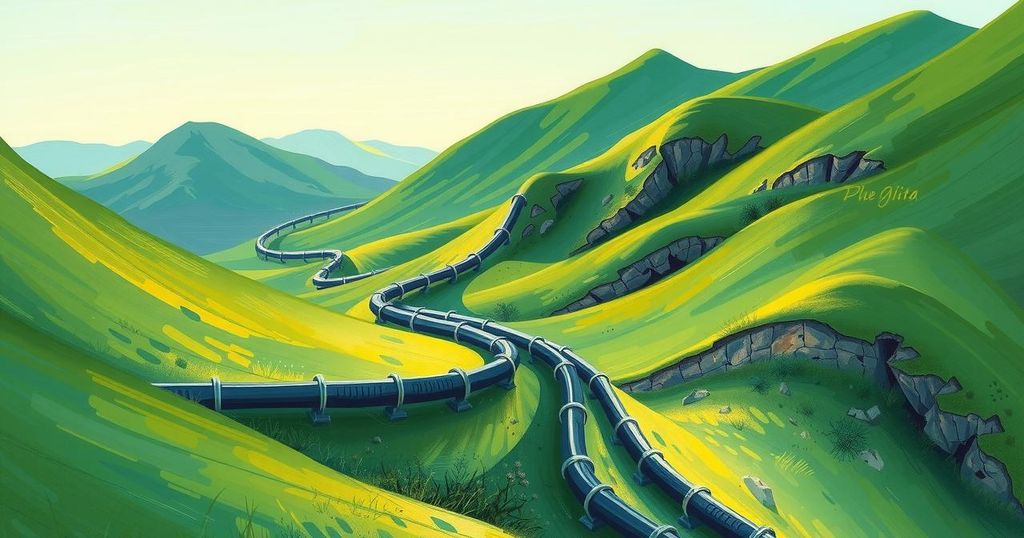The Government of India has acquired a 9,000 sq. km block in Zambia for copper and cobalt exploration, led by the Geological Survey of India. Zambia is a major copper producer, rich in minerals, with increasing global demand for copper driven by clean energy and infrastructure needs. India’s copper production has declined, emphasizing the importance of securing foreign reserves.
The Government of India has secured a substantial area of 9,000 square kilometers in Zambia for the exploration of copper and cobalt. This initiative is a strategic move aimed at securing critical minerals essential for bolstering India’s clean energy production and electric vehicle (EV) battery sectors. The Geological Survey of India will spearhead this project, reinforcing India’s commitment to advancing its energy needs through mineral exploration.
Zambia, a landlocked country in Southern Africa, is bordered by several nations, including Angola, the Democratic Republic of the Congo, Tanzania, Malawi, Mozambique, Zimbabwe, Botswana, and Namibia. Among its notable geographical features are the Zambezi, Kafue, and Luangwa Rivers, along with the Nyika Plateau and Mafinga Hills. The country is rich in various minerals, particularly copper, cobalt, nickel, and uranium, with India’s new copper exploration block situated in Zambia’s Northwestern Province.
Zambia ranks as the seventh-largest global producer of copper, following Chile, which holds the title for the world’s largest copper producer. The increasing demand for copper arises from the growth in electric vehicle batteries and clean energy technologies, which require significant copper supplies. Additionally, infrastructure development and advancements in defense and electronics further fuel global demand for this vital resource.
India’s copper production has faced a decline of 8% since 2018-19, with Hindustan Copper Ltd (HCL) being the sole government-owned producer in the country. Key copper mines in India include the Malanjkhand open-pit mine in Madhya Pradesh, the Khetri underground mine in Rajasthan, and the historically significant Singhbhum Belt in Jharkhand.
The projected shortage of copper supply by 2035 encourages various countries to secure their copper reserves proactively. Hence, India’s initiative in Zambia underscores its strategic foresight in addressing future demands while also expanding its influence in the global mineral market.
In summary, India’s acquisition of a large exploration block in Zambia marks a vital step in securing essential minerals for clean energy and EV battery production. This initiative not only highlights Zambia’s valuable mineral resources but also addresses the rising global demand for copper amid projected shortages. As India seeks to enhance its production capabilities, the cooperation with Zambia will likely play a crucial role in shaping the future of its mining industry.
Original Source: www.insightsonindia.com




